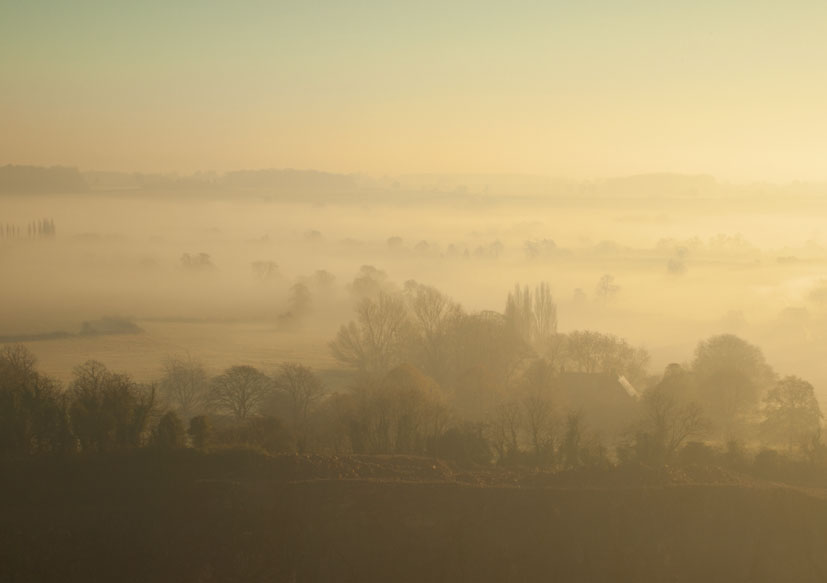Composition, Colour, Shapes, Patterns, Lines, Tonal Range, Frames, Rule of thirds, Texture, Form, Focal Point, Perspective, Scale, Denotation, Connotation, (literal and implied meanings).
Anyone from 7512 will recognise these. Words we have been encouraged to use when analysing and researching photographs. OK, but is the picture any good? It's just so subjective. Well most of us know something that we like when we see it, don't we? The difficulty, or the beauty of it, is that they are often linked with memory and / or emotions. So is it the picture we like or is it all the other stuff.
I've had a root round to try and find something that will help me get behind this and came across this book - Criticising Photographs, Fourth edition - Terry Barrett, 2006.
I'll get back once I've had a chance to look through it and let you know what I think - subjective again.
I think my favourite quote to date comes in a section that is looking at differing art critics, criticism and styles:
"Allan Sekula's writing is so suspicious of photography that it has been called 'Almost paranoid' and has been likened to a history of women written by a misogynist"


















































